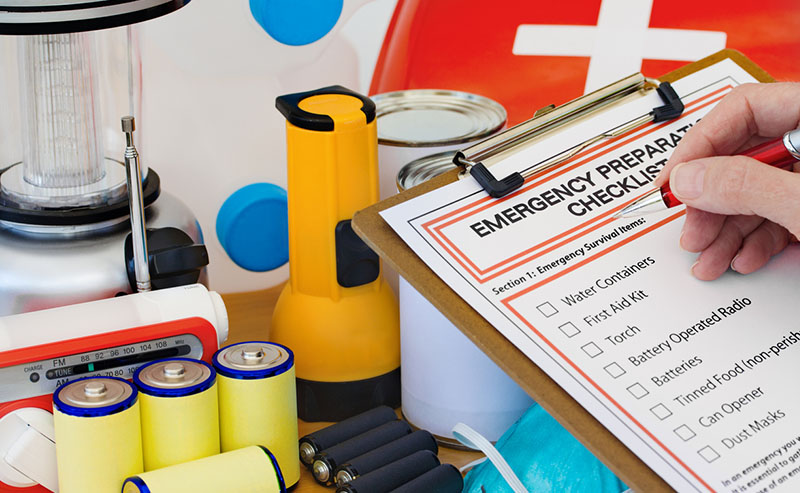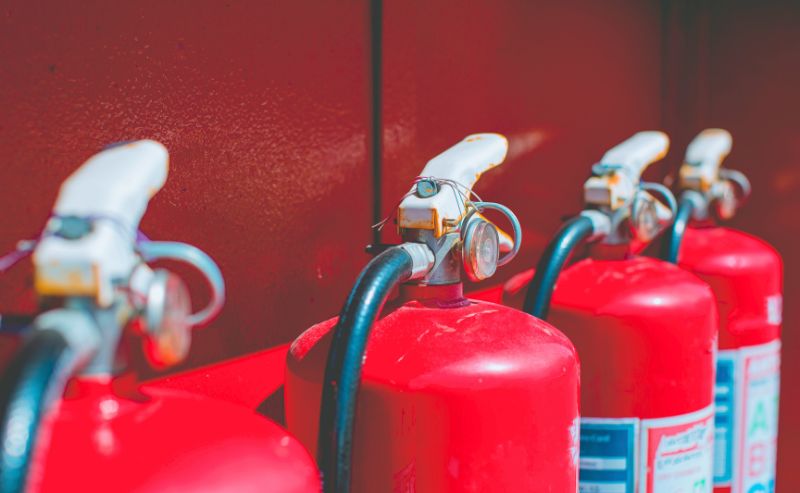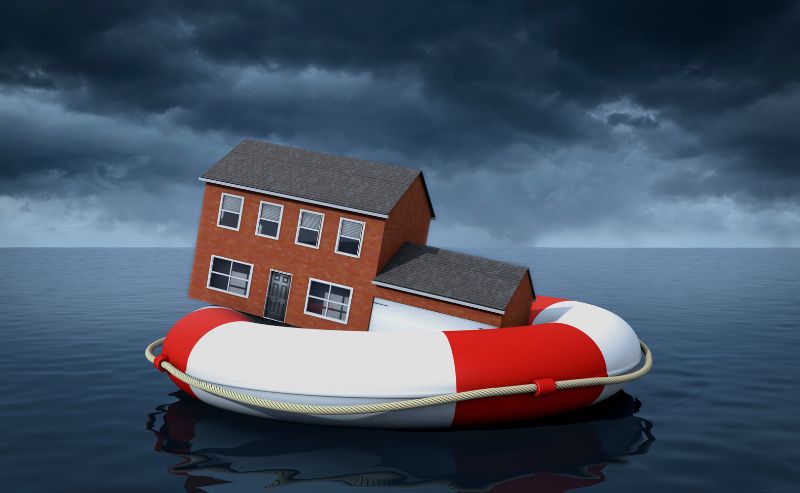By Ed Wolff, MS, CEM, MEP
One of the most common themes within the emergency management, homeland security and business continuity community today is the concept of creating a “culture of preparedness.” Still, the fundamental question that we need to ask is where or how do we create this “culture?”
Having dealt with many boots-on-the-ground incidents spanning five continents over the past 36 years, my response is that we start at home and in the work place. After all, if we as contingency planning professionals (and our families) are not adequately prepared, how can we expect our coworkers, subordinates and the people we serve to adopt a culture of preparedness for themselves?
To answer this question and others, I will be writing a series of blog posts that address personal readiness and resiliency. To kick things off, let’s look at the foundation of preparedness, which is typically training. Training, as you well know, can take on many areas. So, for the purpose of this post, I will keep it at a higher level.
Be Part of the Solution, Not Part of the Disaster
Time and again, I have heard that we don’t need to train; we just need to do. I disagree, and here’s why.
Just last week, I was on a cross country redeye when I heard that infamous “ding-ding-ding,” followed by “if there is a medical professional on board, please ring your call button.” There was a medical emergency on board and they needed assistance. No one responded to the request. So, as the flight attendant ran by, I grabbed him and offered my assistance. (As part of my personal training, I maintain an Advanced Emergency Medical Technician license.) Two hours later, we safely landed and handed off a passenger who was doing much better than when I first made contact. For that person, my training paid off.
A Culture of Preparedness at Home
Now let’s place this real-life scenario in a disaster environment. The power is out; EMS is overwhelmed; law enforcement is doing their best to maintain a safe environment for everyone; and, suddenly, a family member gets hurt. Do you or anyone in your household have at least basic first aid skills to help one other or your neighbors? Better yet, do have a comprehensive first aid or medical kit at home, in your car, and at your office?
For an individual, family, or community to truly live a culture of preparedness, they need to be able to reasonably take care of themselves without the assistance of infrastructure in place. Some of the common training that I always recommend includes (at a minimum) a basic first aid and CPR class, along with a Community Emergency Response Team (CERT) course. Why? Even as individuals, you can build the skills you need in basic medical care, light search and rescue, the Incident Command System (ICS) and other relevant areas. For those living and working in disaster-prone locations, I would suggest a more comprehensive level of first aid training.
Learning basic skills is like having insurance. You hope you never need it, but when you do, you are very happy to have it. That said, be part of the solution, not the problem. Get trained. Reach out to your local chapter of the American Red Cross, the National Safety Council, your local police and fire departments, and others to see what emergency preparedness training they have to offer. And, not just for you, but your whole family, or even your entire neighborhood.
Taking Personal Preparedness to Schools?
Here’s another thought. What if we added first aid, CPR and CERT courses to the curriculum for every student to complete prior to graduating high school? Adding this as a semester block would help lead the next generation into being one that has been brought up with the culture of preparedness. Not to mention, at least some level of self-reliance.
In closing this week, as you look to your staff and your consultants, consider their training and the currency of it. Ask what they’ve done lately to stay relevant in the emergency management community. And, remember… the military says Train as You Fight, and Fight as You Train. Let’s make that mantra Train as We Respond and Respond as We Train.
In upcoming blog posts, we’ll look at equipment, methods of communication, networking with others, and community involvement—all of which are vital to creating a culture of preparedness.

Ed Wolff, MS, CEM, MEP
Vice President, Special Projects
BOLDplanning
Ed Wolff is Vice President, Special Projects for BOLDplanning, a leading provider of preparedness consulting services and online planning software.
Over the past 36 years in emergency management roles, Ed has worked many real-world boots on the ground incidents, including an earthquake and tsunami in Papua New Guinea, mud slides in South America, the World Trade Center in 2001, the Space Shuttle Columbia crash, Hurricane Katrina, and other hurricanes, tornadoes, mud slides, and flooding across five continents.






